Our history, from 1966 to the present.
In March 1966, Manfred Bohlke goes out on his own to start his business, which is now known as M. Bohlke Veneer Corp. Before starting his own veneer mill, he purchased logs for a German company. During this time in 1963, Manfred emigrated from Germany to the United States, finding his life’s passion and his new home. In the beginning, Manfred worked on his own from buying logs to writing orders, invoices and shipping documents. Now, he has a knowledgeable team of over 200 passionate employees working at the mill and in the field.
Celebrating 50 years.
In 2016, we celebrated our 50th anniversary and today we continue our next fifty years of growth. Journey with us from 1966 to the present and we invite you to stay up to date with us.
1963
1966
1972
1979
1984
1986
1988
1992
1993
1994
1996
1998
1999
2002
2011
2016
2017
1963
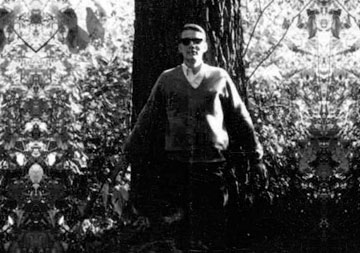
1963
Manfred Bohlke emigrates to America
Manfred Bohlke emigrates from Germany to the United States and begins harvesting the finest walnut logs in North America.
1966
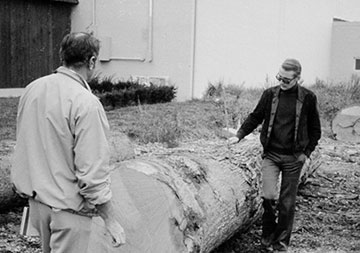
1966
Est. 1966 - M. Bohlke Veneer Corp is formed
Manfred Bohlke goes out on his own to start his business, which is now known as M. Bohlke Veneer Corp. Mr. Bohlke decides to leave his previous employer and begin working for himself. He works hard to get the banks to give him a small loan so he can begin buying logs and reselling them to his customers back in Europe. After some persistence he is able to obtain the small loan, pay it back within one year and the rest is history.
1972
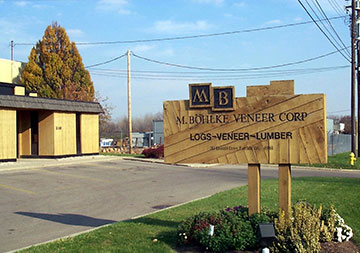
1972
First Corporate Office is built
A corporate office and warehouse is built at the Donald Drive location in Fairfield, OH. This would be the home of MBVC for nearly 30 years until the new corporate facility was constructed about 0.5 mile away.
1979
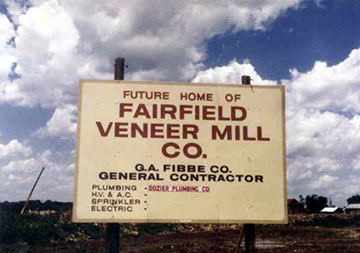
1979
Fairfield Veneer Mill Built
Fairfield Veneer Mill is built a half-mile from the corporate office. The factory is built with two vertical slicers, two veneer dryers, a sawmill and clipper line to service the custom cutting needs of Mr. Bohlke’s log customers.
1984

1984
Fairfield Veneer Mill Renamed
Manfred Bohlke buys out his partners and becomes the sole owner of Fairfield Veneer Mill. The mill is renamed and brought under the name of M. Bohlke Veneer Corporation.
1986
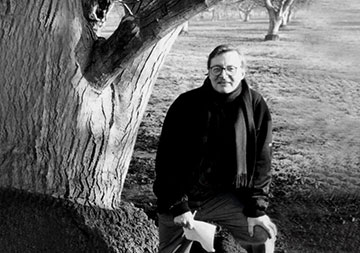
1986
Manfred Bohlke buys first parcel of Walnut Burls
Manfred Bohlke buys the first parcel of Walnut burls and the first veneer lathe is installed for cutting burls. Walnut burl would grow to become one of the most famous woods used in luxury automobile dashboard applications for nearly thirty years.
1988
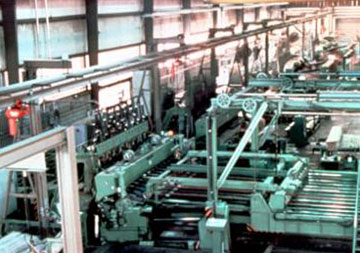
1988
Plant Expansion #1
A 25,000 square foot plant expansion makes way for two additional vertical slicers, two more press dryers and a second clipping line.
1992
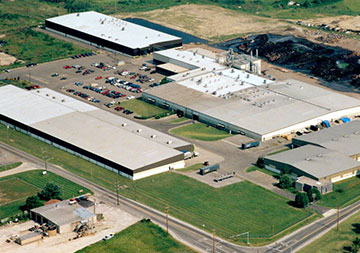
1992
Plant Expansion #2
A 60,000 square foot plant expansion makes way for two more slicers and additional dryers. Cooking capacity is increased to 28 total vats. Two additional warehouses are built adjacent to the factory to accommodate our increased production capacity.
1993

1993
First Vacuum Flitch Table installed
After years of development, our patented vacuum flitch bed is installed on slicer #6. Today, all slicers are equipped with vacuum flitch beds.
1994

1994
Micro-bevel Knife Grinder installed
The first micro-bevel knife grinder is installed—this is the first in the industry. The micro-bevel grinding process creates a very fine curvature on the cutting blade which allows for more slicing longevity between knife changes.
1996
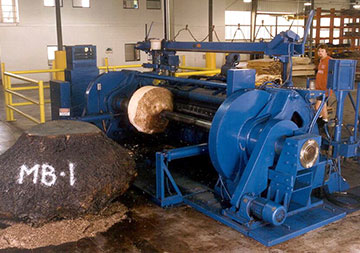
1996
Lathe Burl Mill built
A lathe manufacturing facility is built, which includes three lathes, one press dryer, eight cooking vats, two clipping lines and a knife grinder. This facility is created to accommodate the growing demand for burl veneer.
1998
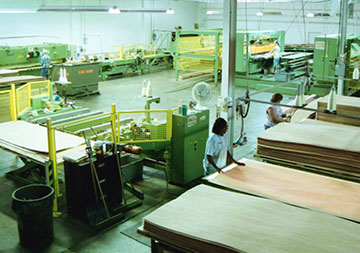
1998
MB Face Plant is Formed
The veneer splicing facility is built with a double knife guillotine and two cross-feed splicers. This allows veneer to be taken to the next step by gluing the sheets together to make cut to size faces for the plywood and panel industry.
1999
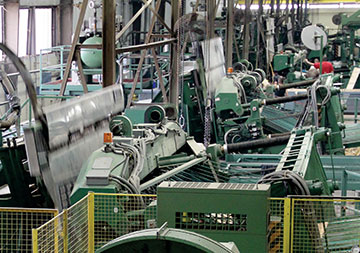
1999
Half Round Rotary Slicer installed
A newly developed rotary half-round slicer is installed in the main veneer mill with a direct infeed into the press dryer. This highly automated line would be taken to two shifts and increase the capacity of rift cut veneer that could be produced. A second half-round slicer was installed in 2010.
2002

2002
New Corporate Office constructed
A new corporate office is constructed on location with the factory and new warehouses. MBVC officially moves from Donald Drive to N. Gilmore Road. All of MBVC now sits in one strategic location.
2011
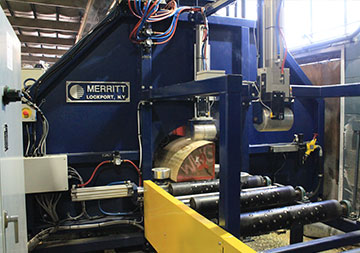
2011
Automated Flitch Cleaner installed
An automated flitch cleaner was installed helping to improve yield and cutting quality. This eliminates any hand cleaning and planing of flitches before production. A second automated flitch cleaner was installed in 2014.
2016
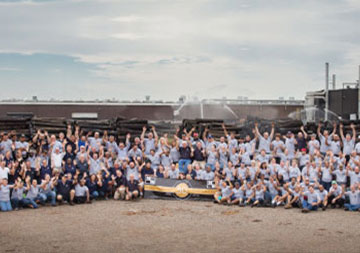
2016
M. Bohlke Veneer Corp. Celebrates 50 years in business
M. Bohlke Veneer Corp. celebrates 50 years in business. Now after half a century in existence, MBVC has grown from 2 employees up to 400 employees. The company went from a log yard to the biggest single veneer mill in North America.
2017
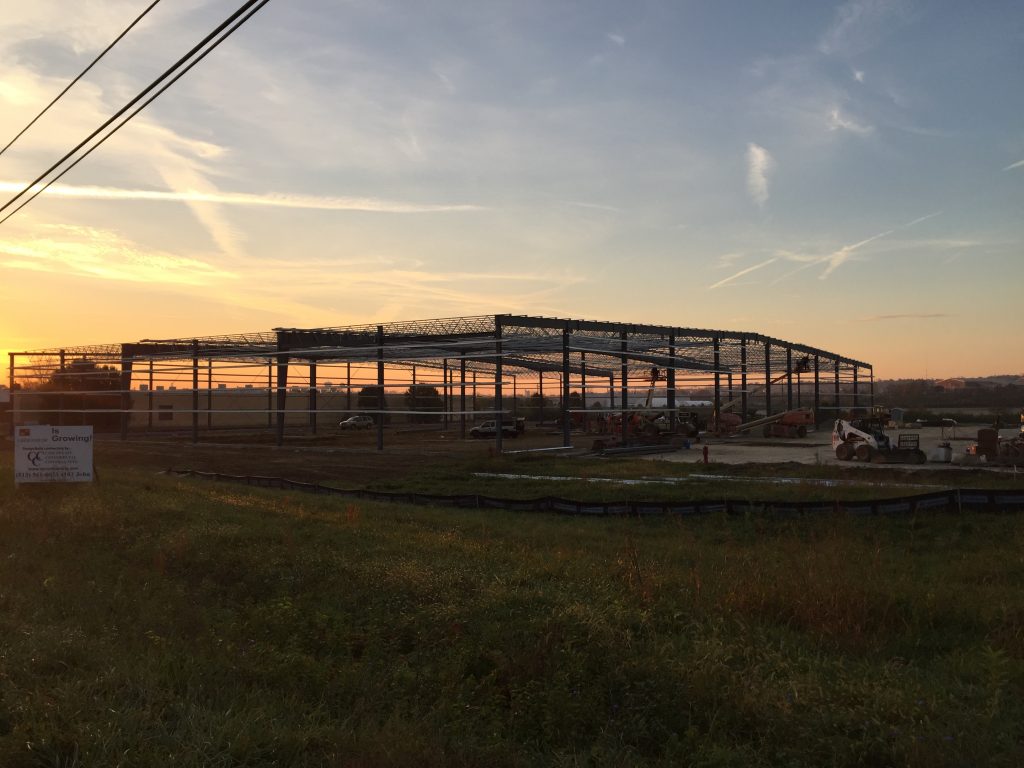
2017
Massive Lumber Warehouse Expansion
A 75,000 square foot expansion is completed to warehouse the growing inventory of imported lumber and live edge slabs.

